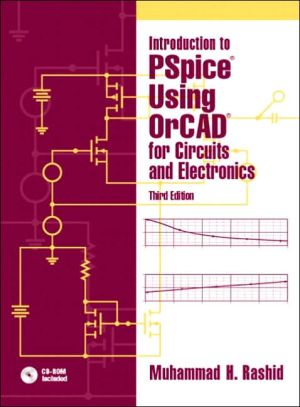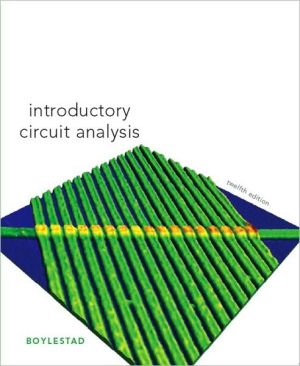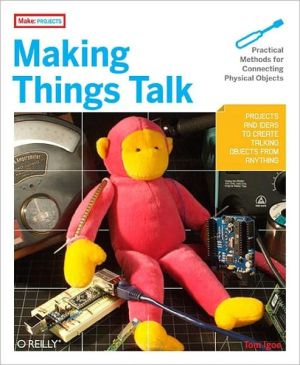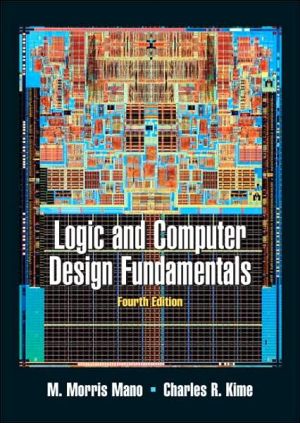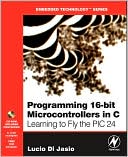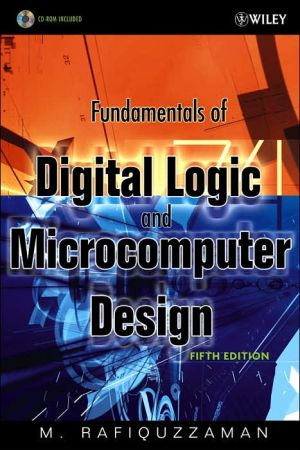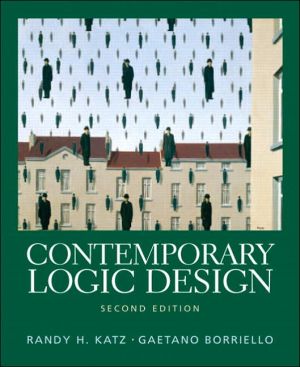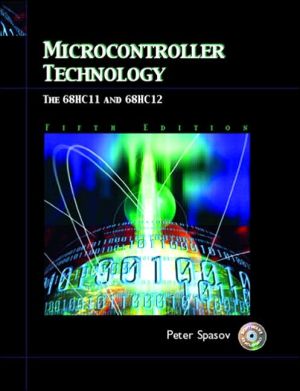Introduction to PSpice Using OrCAD for Circuits and Electronics
This widely used book uses a top-down approach to introduce readers to the SPICE simulator. It begins by describing techniques for simulating circuits, then presents the various SPICE and OrCAD commands and their applications to electrical and electronic circuits. Lavishly illustrated, this new edition includes even more hands-on exercises, suggestions, sample problems, and circuit models of actual devices. It is an ideal supplement for courses in electric or electronic circuitry and is also...
Search in google:
This widely used book uses a top-down approach to introduce readers to the SPICE simulator. It begins by describing techniques for simulating circuits, then presents the various SPICE and OrCAD commands and their applications to electrical and electronic circuits. Lavishly illustrated, this new edition includes even more hands-on exercises, suggestions, sample problems, and circuit models of actual devices. It is an ideal supplement for courses in electric or electronic circuitry and is also a solid professional reference.
The Engineering Accreditation Commission of the Accreditation Board for Engineering and Technology (EAC/ ABET) requirements specify the integration of computeraided analysis and design in electrical and computer engineering curricula. SPICE is very popular software for analyzing electrical and electronic circuits. The MicroSim Corporation first introduced the PSpice simulator, which can run on personal computers (PCs). It is similar to the University of California (UC) Berkeley SPICE. The student version of PSpice, which is available free to students, is ideal for classroom use and for assignments requiring computer-aided simulation and analysis. PSpice widens the scope for the integration of computer-aided simulation to circuits and electronics courses for undergraduate and graduate students.\ It may not be possible to add a one-credit-hour course on SPICE to integrate computer-aided analysis in circuits and electronics courses. However, students need some basic knowledge of how to use SPICE. They are constantly under pressure with course loads and do not always have the free time to read the details of SPICE, PSpice, or OrCAD from manuals and books of a general nature.\ This book is the outcome of the author's experience in integrating SPICE in circuits and electronics courses at the 200-, 300-, or 400-level. The objective is to introduce the SPICE simulator to the electrical and computer engineering curriculum at the sophomore or junior level with a minimum amount of time and effort. This book requires no prior knowledge of the SPICE simulator. A course on basic circuits should be a prerequisite or co-requisite. Once the student develops an interest in and an appreciation for the applications of circuit simulators like SPICE, he or she can move on to more advanced materials for the full utilization of SPICE, PSpice, or OrCAD in solving complex circuits and systems.\ This book can be divided into six parts:\ (1) introduction to SPICE simulation—Chapters 1 and 2;\ (2) DC, transient and AC circuit analysis—Chapters 3, 4, and 5;\ (3) advanced SPICE commands and analysis—Chapter 6;\ (4) semiconductor devices modeling and circuits—Chapters 7, 8, and 9;\ (5) op-amp circuits and differential amplifiers—Chapter 10, and\ (6) difficulties—Chapter 11.\ \ Chapters 8, 9, and 10 describe the simple equivalent circuits of transistors and opamps, which are commonly used in analyzing electronic circuits. Although SPICE generates the parameters of complex transistor models, analysis with a simple circuit model exposes the students to the mechanism of computation by,SPICE .MODEL commands. This approach has the advantage that the students can compare the results, which are obtained in a classroom environment with the simple circuit models of devices, to those obtained by using complex SPICE models.\ The commands, models, and examples that are described for PSpice are also applicable to UC Berkeley SPICE with minor modifications. The changes for running a PSpice circuit file on SPICE and vice-versa are discussed in Chapter 11. The filenames for the circuit files in this book are named using all uppercase so that the same file can be run on either the PSpice or the SPICE simulator.\ Probe is a graphics post-processor and is very useful in plotting the results of simulation, especially with the capability of arithmetic operation. It can be used to plot impedance, power, and so on. Once students have experience programming in PSpice, they will really appreciate the advantages of .Probe command. Probe is an option on PSpice, available with the student version. Running Probe does not require a math coprocessor. The students can also get the normal printer output or printer plotting. The prints and plots are very helpful to the students in their theoretical understanding and in making judgments on the merits of a circuit and its characteristics.\ This book can be used as a textbook on SPICE with a course on basic circuits being the prerequisite or co-requisite. It can also be used as a supplement to any standard textbook on basic circuits or electronics. In the latter case, the following sequence is recommended for the integration of SPICE at the basic circuits level of the curriculum:\ \ As a supplement to a basic circuits course with three hours of lectures (or equivalent lab hours) and self-study assignments from Chapters 1 to 6. Starting from Chapter 2, the students should work hands-on with PCs.\ In an electronics course it should continue to be used, with two hours of lectures (or equivalent lab hours) and self-study assignments from Chapters 6 to 10.\ \ For integrating SPICE at the electronics level, three hours of lectures (or equivalent lab hours) are recommended on Chapters 1 to 6. Chapters 7 to 10 could be left for self-study assignments. From the author's experience in the class, it has been observed that after three lectures of 50 minutes duration, all students could solve assignments independently without any difficulty. The class could progress in a normal manner with one assignment per week on electronic circuits simulation and analysis with SPICE. Although the materials of this book have been tested in a basic circuits course for engineering students and in two electronics courses for electrical and computer engineering students, the book is also recommended for electrical engineering technology students.
PrefaceAbout the AuthorCh. 1Introduction1Ch. 2Circuit Descriptions14Ch. 3DC Circuit Analysis39Ch. 4Transient Analysis84Ch. 5AC Circuit Analysis131Ch. 6Advanced SPICE Commands and Analysis159Ch. 7Semiconductor Diodes203Ch. 8Bipolar Junction Transistors237Ch. 9Field-Effect Transistors289Ch. 10Op-Amp Circuits340Ch. 11Difficulties373App. ADrawing in PSpice Schematics393App. BDrawing in OrCAD Capture Lite406App. CCreating Input Circuit File424App. DDOS Commands427App. ENoise Analysis429App. FNonlinear Magnetic Model437App. GPSpice Default Symbol Libraries440Bibliography442Index444
